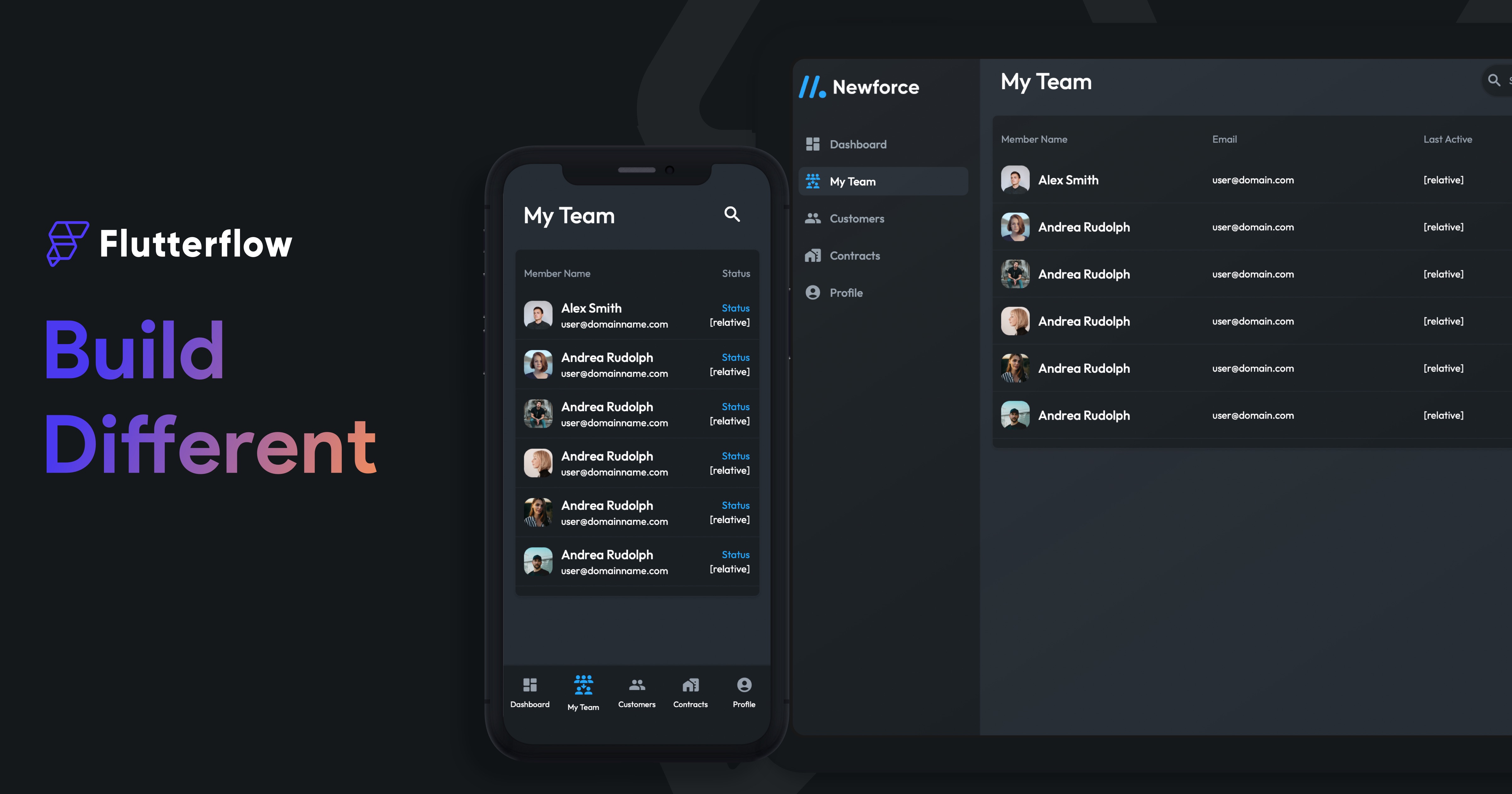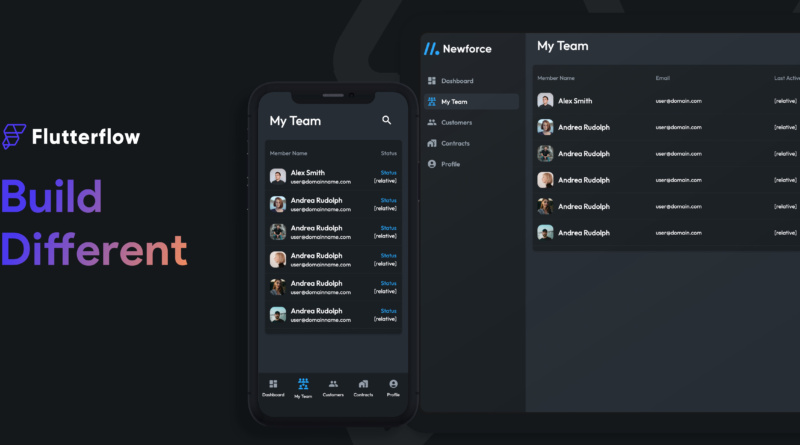FlutterFlow attracts cash for its low-code mobile app dev platform
Low-code dev platforms have gained momentum in recent years, in large part because they promise to shorten what’s otherwise typically a lengthy app development cycle. According to data from analytics firm GlobalData, there was a fivefold increase in VC funding into low-code dev platforms from 2021 to 2022.
Demand has tapered off a bit since then as the focus shifts to AI, particularly generative AI. But low-code isn’t going anywhere, as evidenced most recently by low-code dev startup FlutterFlow’s financing round.
FlutterFlow, which is building a low-code platform for mobile app developers, today announced that it closed a $25.5 million Series A led by GV (formerly Google Ventures), Gradient Ventures (Google’s AI-focused venture fund), Xoogler Ventures and Y Combinator, among others, a source familiar with the matter tells TechCrunch — at a ~$170 million valuation. The tranche brings FlutterFlow’s total raised to date to $30 million and will be put toward scaling FlutterFlow’s enterprise efforts and “significantly” increasing its investment in AI, according to CEO and co-founder Abel Mengistu.
“If you look at how many people have come online primarily through mobile devices over the last 10 years, it’s a staggering number,” Mengistu told TechCrunch in an email interview. “But … even for large successful companies with billions of dollars in annual revenue, delivering high-quality digital experiences is the exception, not the norm. That’s ultimately the problem FlutterFlow aims to solve.”
Mengistu co-founded FlutterFlow with Alex Greaves in 2020. The two met while working at Google on the Maps team, where they became friends.
FlutterFlow is the pair’s second startup after the pandemic doomed their first, a restaurant recommendation app.
“We weren’t making progress [on our first startup] and shut that down less than a year into it,” Mengistu said. “Upon reflection, we realized we spent far too much time trying to build what should have been a relatively simple app on top of a lot of backend complexity. That’s when Alex and I decided to work on making it easier to build apps.”
FlutterFlow provides low-code tools designed to make it easier to build apps that run on iOS and Android as well as desktop OSes (e.g. Windows and macOS). Leveraging Flutter, Google’s open source UI creation toolkit, FlutterFlow generates what Abel describes as “clean” and “maintainable” app source code.

Image Credits: FlutterFlow
There’s no shortage of competition in the market for low-code app dev platforms. See Appsmith, which focuses on business apps, and Builder.ai, a modular app-building suite.
But Mengistu asserts FlutterFlow’s differentiated in its emphasis on an “open” dev approach — i.e. allowing customers to deploy apps without any dependencies on its platform — and fully centralized governance pipeline. On-trend, FlutterFlow’s also embracing GenAI, recently launching an AI-powered code assistant that can generate code given a description of desired functionality (e.g. “find the distance between two points”).
“FlutterFlow [enables] organizations to establish their core building blocks, such as design systems and components, that can be inherited and utilized across different projects,” Mengistu said. “Vendor lock-in is a great strategy to extract maximum value in the short term, but we’re focused on providing value for our customers.”
FlutterFlow’s strategy appears to be working for it; the company claims to have around 10,000 self-service paying customers, ~1 million users and a handful (between 10 and 20) of enterprise customers (mum’s the word on how large those enterprise customers are). Abel said that burn is currently “minimal” and that FlutterFlow has “several years” of runway even with accelerated spend.
“FlutterFlow is a tool that allows customers to accelerate timelines and increase productivity,” Mengistu said. “Therefore, headwinds can present an opportunity for us as decision makers are looking for ways to execute on ambitious product roadmaps amidst increasing financial constraints.”




